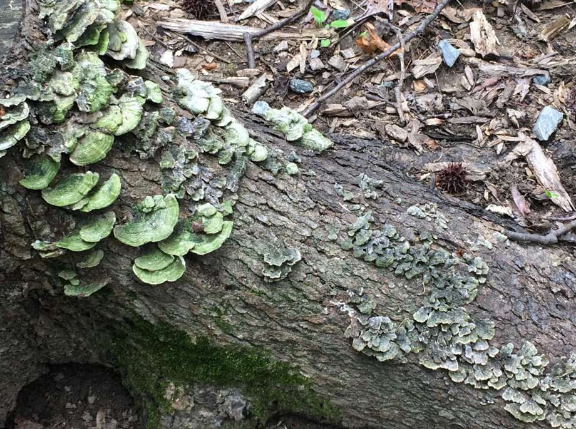
Along with ducks, another set of organisms should be overjoyed at all the rain we've been getting. I refer to mushrooms, now appearing after a month in which almost nine inches of rain fell. But mushrooms are not materializing out of thin air; they are the fleeting reproductive bodies of fungi that have already threaded themselves unseen through rotting wood and the biosphere of the soil.
Like flowers, which are also fleeting reproductive bodies, mushrooms have beguiled us through the ages. This relationship goes deep in our own strands - of DNA - because we know at some profound level that fungi can feed us, sicken us, heal us, play with the mind and even kill us. It pays to know your mushrooms.
I'm no guru, so I asked mycologist Jared Urchek to take a walk through the woods to see how much the recent deluges had precipitated, so to speak, a mushroom bonanza after months of dryness.
We agreed to meet at the National Arboretum in Washington, and when I first eyed Urchek I knew I had found someone at home in sylvan mushroom environments. Urchek, 30 and bearded, wore a hiking hat flourished with a turkey feather and a honey locust thorn, with a canvas bag slung over his right hip. He looked as if he could traverse the Appalachian Trail before breakfast.
























